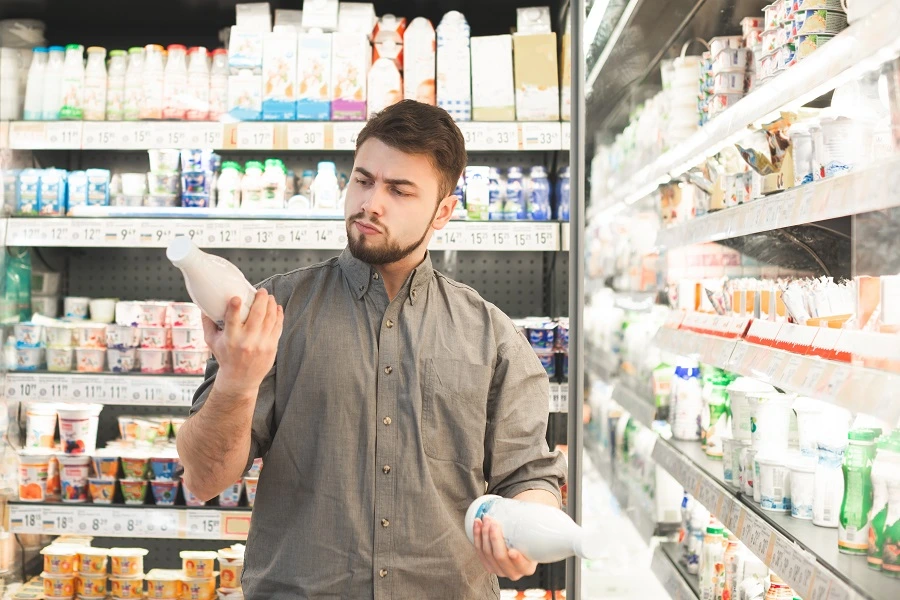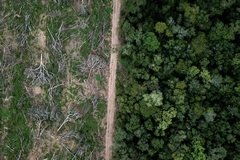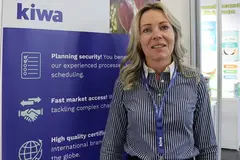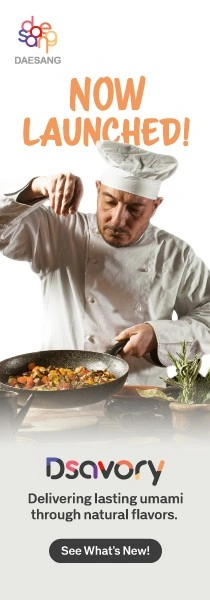Anuga 2025 live: Kiwa talks F&B sustainability and compliance amid evolving regulations
Key takeaways
- Kiwa highlights the growing need for a harmonized animal welfare certification as regional standards vary, causing confusion among consumers and producers.
- The company cites sustainability and regulations such as the EUDR as major drivers shaping compliance strategies in the F&B industry.
- Kiwa supports F&B businesses worldwide with integrated certification and local experts to help them navigate complex and evolving regulations.
The F&B industry faces mounting regulatory and sustainability challenges as calls for global harmonization in animal welfare certification gain traction. Certification company Kiwa speaks to Food Ingredients First live from Anuga 2025 in Cologne, Germany (October 4–8), to discuss how compliance through integrated certification and local expertise can help businesses meet evolving standards that meet consumer and manufacturer demands.
The company was founded in 1948 and provides global testing, inspection, and certification services to help food and feed businesses navigate increasingly complex, fast-changing global regulations. It operates in China, Australia, Asia, and is represented in the EU, the US, and Latin America.
While Kiwa operates globally, it has “local experts serving customers in their own countries, providing direct communication and local support,” Annelies van Oosterom, business development manager at Kiwa, tells us from the show floor.
Commenting on the recent major regulatory trends in food ingredients, she says: “Sustainability is definitely one of the biggest. In Europe, we have the EU Deforestation Regulation (EUDR) coming into effect, and certification can help companies prepare for compliance.”
“Another major topic is animal welfare, which remains a global challenge. Regulations and cultural expectations vary by region. Ideally, we would like to see one globally recognized brand or certification standard for animal welfare — one that’s applicable worldwide but adaptable to local needs.”

Animal welfare certification
Van Oosterom shares that currently, there are several different animal welfare certification schemes depending on the region.
“For example, there’s one in Spain, another well-known one in Latin America, and another in the Nordics. It can be confusing for consumers — how do they know which label truly represents animal welfare standards? It would be best to have one set of requirements and a single recognizable certification for products that meet animal welfare criteria,” she emphasizes.
While a unified certification is not immediately possible, she hopes “it will be in the future.” Consumers often face confusion over contradictory regional animal welfare labels.
Consumers often face confusion over contradictory regional animal welfare labels.
Overcoming regulatory challenges
When asked about the main hurdles companies face in meeting certification or compliance goals, Van Oosterom points to one recurring issue due to the scattered updates and sources of information available.
“The biggest challenge we hear from our customers is keeping up with changing regulations, since the regulations can be found in many different places and areas.”
“Companies often ask, ‘What do I need to do today, and how can I stay updated easily?’ That’s one of their biggest pain points.”
Such challenges reflect a broader industry struggle to maintain compliance as global food systems become more tightly regulated and sustainability-driven.
For instance, the EU is grappling with pushback from NGOs, industry players, and animal welfare groups to ban “meaty” labels for plant-based products. It is also facing mixed reactions to its recent proposal to delay the EUDR enforcement, citing concerns over the readiness of IT systems required for compliance tracking.
Meanwhile, US manufacturers are navigating regulatory change, consumer demand, and ingredient scrutiny under the “Make America Healthy Again” initiative.
With additional reporting by Milana Nikolova live at Anuga 2025 in Cologne, Germany













